Upholstery cleaning demands a nuanced approach based on fabric types like cotton, linen, polyester, and blends. Professional cleaners employ specialized techniques and products to preserve material integrity. Regular vacuuming, spot-cleaning, and rotating furniture placement are essential for maintenance. Deep cleaning methods, such as steam cleaning and deep-soaping, target deeply embedded dirt and allergens. Choosing gentle yet powerful upholstery cleaning solutions, especially natural-ingredient ones, extends fabric life and maintains aesthetics. Delicate fabrics like silk, velvet, and lace require tailored care. Proactive maintenance tackles pet hair, odors, and common stains, with professional services ideal for persistent issues, extending furniture lifespan and promoting a healthier environment.
Furniture upholstery is a significant investment, adding comfort and style to your living spaces. Proper cleaning and care ensure its longevity and maintain that like-new look. This guide delves into the intricacies of upholstery maintenance, covering everything from understanding diverse fabric types to mastering spot cleaning techniques and deep sanitization methods. We explore eco-friendly solutions, offer tips for handling persistent challenges like pet hair and odors, and provide insights on when professional help is beneficial.
Understanding Different Types of Upholstery Fabrics
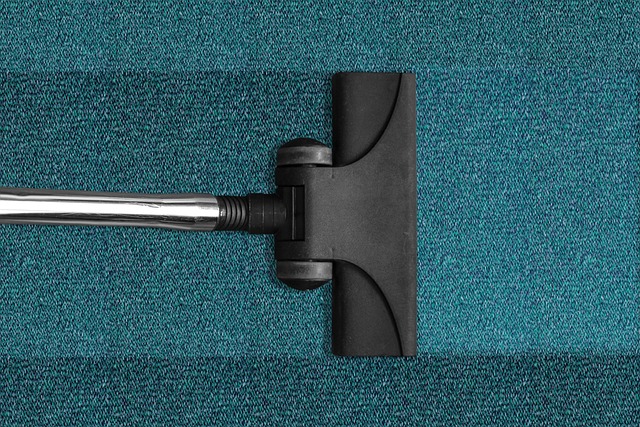
Furniture with upholstery comes in a wide array of fabrics, each requiring specific care to maintain its appearance and longevity. Understanding the different types is key when it comes to effective upholstery cleaning. Common fabric options include cotton, linen, polyester, and mixed blends. Cotton is breathable but absorbs liquids easily, necessitating gentle cleaning methods and quick response times to spills. Linen, known for its texture, needs careful handling due to its delicate nature. Polyester fabrics are durable and resistant to shrinking or fading, while blended fabrics demand tailored care that considers the mix of materials.
Approach upholstery cleaning with an awareness of these variations to avoid damaging the fabric. Professional cleaners use specialized techniques and products suitable for each type, ensuring a deep clean without compromising the integrity of the material. Regular maintenance, such as vacuuming and spot-cleaning, also plays a vital role in preserving the look and feel of upholstered furniture over time.
Regular Cleaning Routine for Daily Wear and Tear
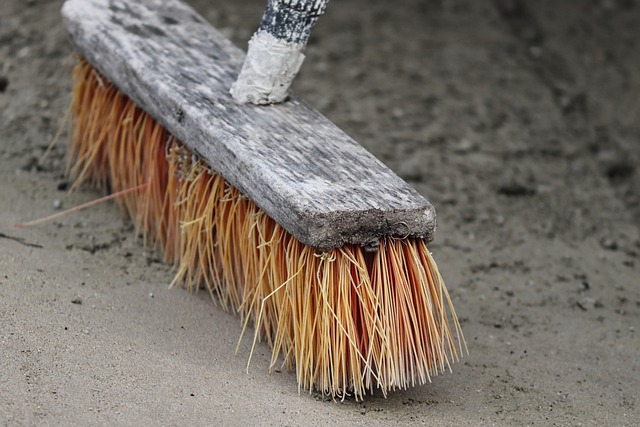
Maintaining clean and well-cared-for furniture is essential, especially in high-traffic areas where upholstery faces daily wear and tear. Establishing a regular cleaning routine can significantly prolong the life of your furniture and preserve its appearance. Start by vacuuming or brushing off loose debris and dust at least once a week to prevent dirt from settling into the fabric or wood. For more thorough upholstery cleaning, use a microfiber cloth or a slightly dampened vacuum attachment designed for delicate surfaces to gently remove stains and grime.
In between deep cleans, spot-clean visible spills immediately using absorbent materials like paper towels or clean cloths. For stubborn stains, consult the care label on your furniture or fabric type, as some materials require specific cleaning solutions or methods. Regularly rotating furniture placement can also help, giving different areas equal exposure to sunlight and reducing the risk of fading or discoloration.
Spot Cleaning Techniques for Stains and Discolorations

When it comes to spot cleaning furniture, especially upholstery, identifying and employing the right technique for stains and discolourations is key. For small, fresh spills, a quick response is best. Absorb as much of the liquid as possible with a clean cloth or paper towel before addressing the stain. For dry stains, gently scrape off any loose debris using a dull knife or spoon.
For stubborn marks, pre-treat with a suitable cleaner designed for upholstery. Always test cleaning solutions in an inconspicuous area first to ensure they don’t cause further damage. Let the treatment sit according to the product’s instructions, then blot dry with a clean cloth. Regular upholstery cleaning is also vital to maintain the fabric’s integrity and prevent the accumulation of dirt and oils that can lead to deeper, more permanent stains.
Deep Cleaning Methods for Thorough Sanitation
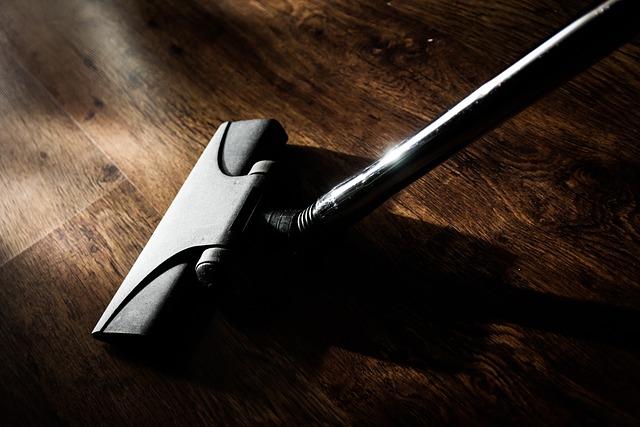
Deep cleaning methods are essential for thorough sanitation, especially when it comes to upholstery care. Regular vacuuming and dusting might not remove deeply embedded dirt, allergens, and stains. Professional techniques like steam cleaning and deep-soaping are game changers in furniture upkeep. Steam cleaning uses high-pressure hot water to dislodge debris and kill bacteria, while deep-soaping involves using specialized solutions to reach tight spaces and remove stubborn marks.
These methods are particularly beneficial for upholstery materials like fabric, leather, and vinyl. Fabric upholstery requires gentle yet effective cleaners to avoid damaging the fibers, whereas leather needs conditioning to maintain its natural glow. Vinyl benefits from a good scrub with appropriate cleaning agents to restore its shine without drying out. Regular deep cleaning not only extends the life of furniture but also ensures a healthier environment by reducing allergens and bacteria.
Using Safe and Effective Cleaning Solutions
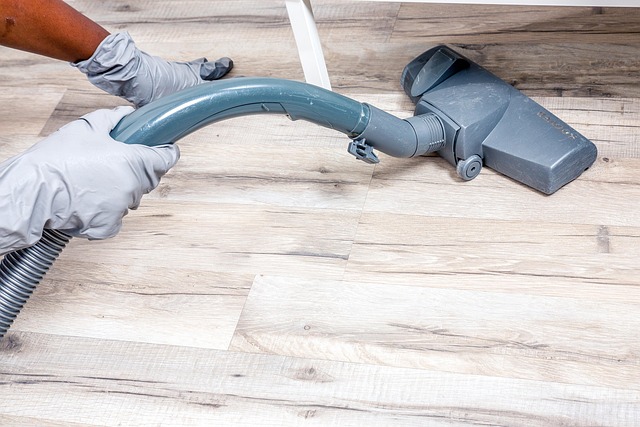
When it comes to cleaning furniture, especially delicate upholstery, choosing the right cleaning solutions is paramount. Opt for products that are specifically formulated for the fabric or material your furniture is made from. Using safe and effective cleaning solutions not only ensures the longevity of your furniture but also maintains its aesthetic appeal. Avoid harsh chemicals that can damage the fibres, fade colours, or leave behind an unpleasant odour.
Instead, look for gentle yet powerful cleaners designed to cut through dirt and grime without causing any harm. Many modern upholstery cleaning solutions are made with natural ingredients and are free from strong fragrances, making them safe for both your family and the environment. Always follow the manufacturer’s instructions on the packaging for optimal results and to prevent any potential damage to your valuable furniture pieces.
Protecting Delicate Fabrics and Trims
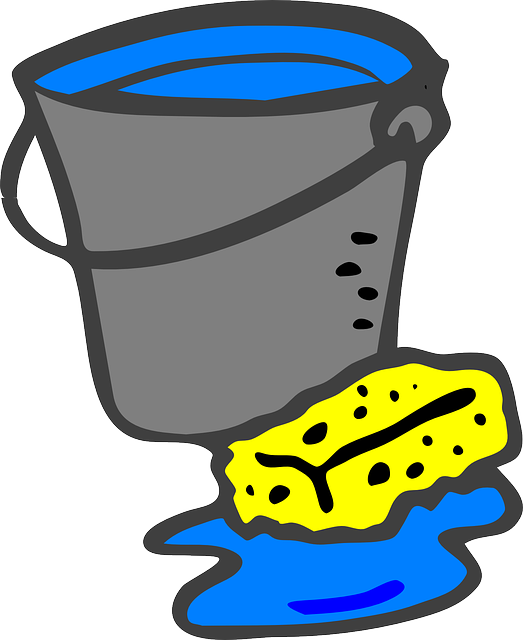
Delicate fabrics and trims on furniture, such as silk, velvet, or lace, require special care during cleaning to prevent damage or fading. Upholstery cleaning professionals use specialized techniques tailored for each fabric type to ensure their longevity. For instance, dry cleaning is often recommended for delicate items to avoid moisture-related issues.
When dealing with trim details, like intricate embroidery or wooden carvings, a gentle approach is essential. Professional cleaners may use soft brushes to remove dust and light debris without scratching the surfaces. Regular maintenance includes spot-cleaning and conditioning to keep these features vibrant and intact, ensuring your furniture remains in top condition over time.
Handling Common Upholstery Challenges (Pet Hair, Odor, etc.)
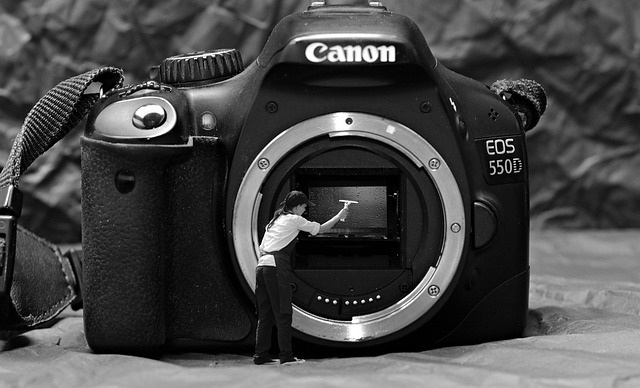
Upholstery cleaning can be a tricky task, especially when dealing with common challenges like pet hair and persistent odors. The first step to tackling these issues is regular maintenance. Vacuuming is essential; it removes surface debris and prevents hair from embedding deep into the fabric fibres. Using the right tools, such as a vacuum attachment designed for upholstery, ensures thorough cleaning without causing damage.
Odor control requires a multi-pronged approach. For mild cases, airing out the furniture can help. More stubborn odors may need spot treatments with specialized upholstery cleaners or even natural remedies like baking soda and essential oils. Addressing these challenges proactively not only maintains the aesthetics of your furniture but also extends its lifespan, ensuring your cleaning efforts are rewarded with a fresh and inviting space.
Professional Upholstery Cleaning: When to Consider It
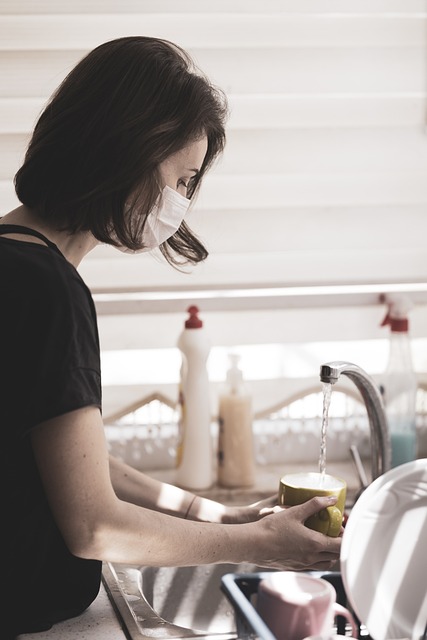
Many homeowners opt for regular DIY upholstery cleaning, but there are instances where professional intervention is necessary. Upholstery cleaning services offer specialized care for deep-seated dirt and stains that everyday cleaning tools might miss. These professionals employ advanced techniques and eco-friendly solutions tailored to different fabric types, ensuring your furniture remains in pristine condition.
Considering professional upholstery cleaning is especially important for high-traffic areas or valuable pieces with unique fabrics. It helps extend the life of your furniture, maintain its appearance, and protect against wear and tear. Regular professional cleaning also ensures allergens and bacteria are removed, creating a healthier living environment.
Tips for Maintaining Your Cleaned Upholstery

After a thorough upholstery cleaning, it’s essential to implement certain practices to maintain that fresh, clean look. Regular vacuuming is key; use a suction-only nozzle to gently remove dust and debris from your furniture’s fabric without causing damage or wear. For spots and stains, act fast. Blot them with a clean cloth or paper towel to absorb as much of the substance as possible before treating with an appropriate cleaner. Avoid over-saturating the fabric; too much moisture can cause itching or even discoloration.
Consider rotating your seating arrangements periodically to ensure equal wear patterns on the upholstery. Sunlight can also be detrimental, causing fading and shrinkage, so position furniture away from direct sunlight whenever possible. Lastly, protect your investment with covers when not in use, especially if pets or children frequent the area, ensuring your freshly cleaned upholstery remains in top condition for years to come.
